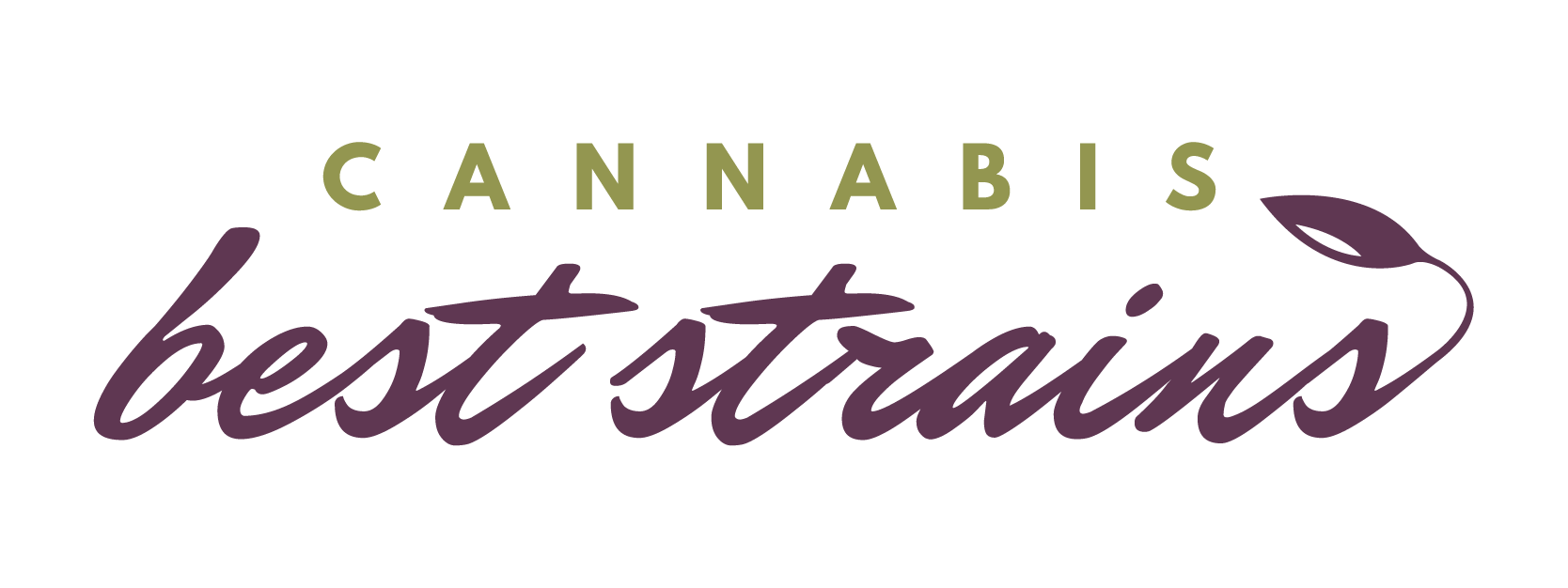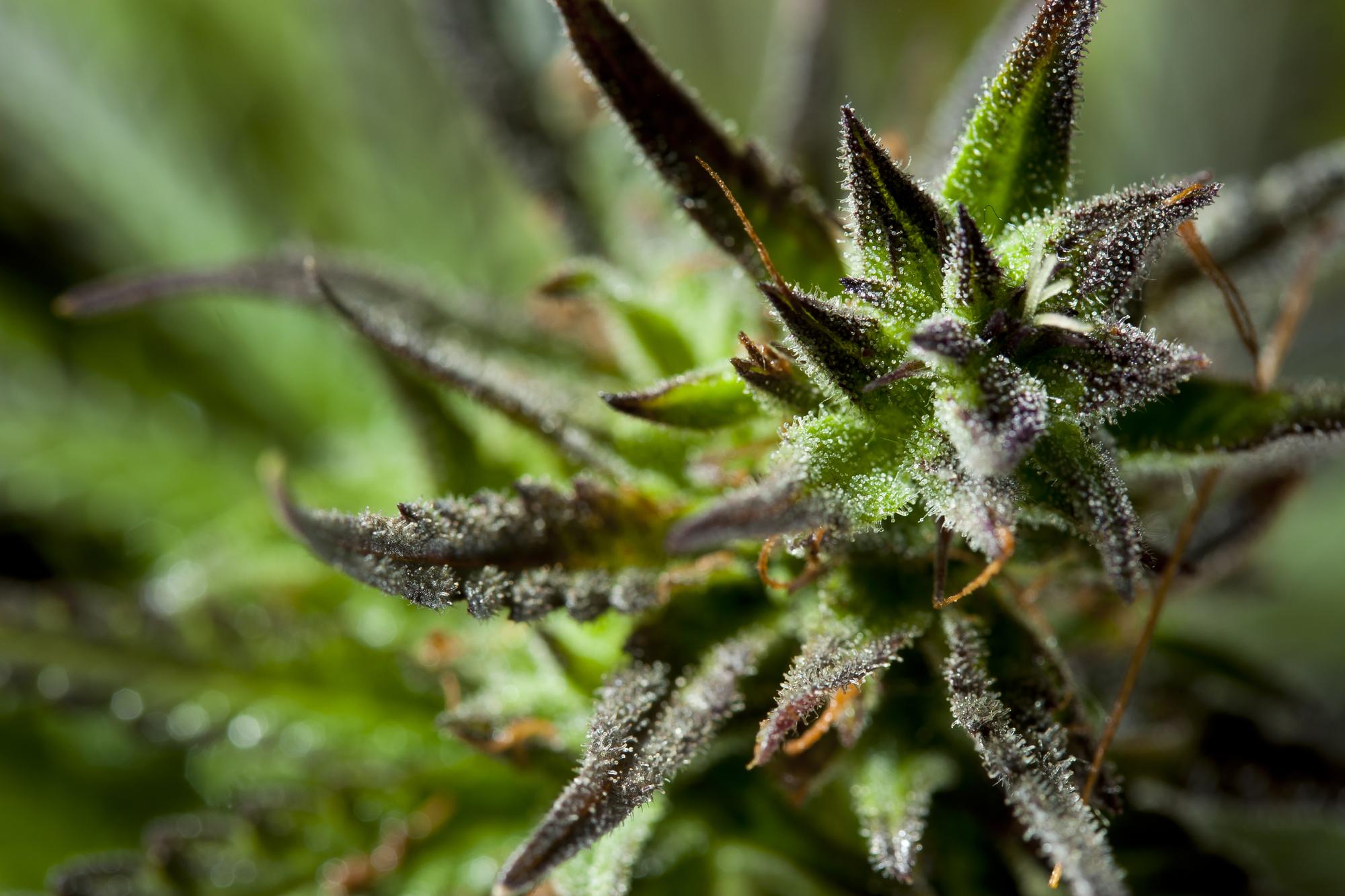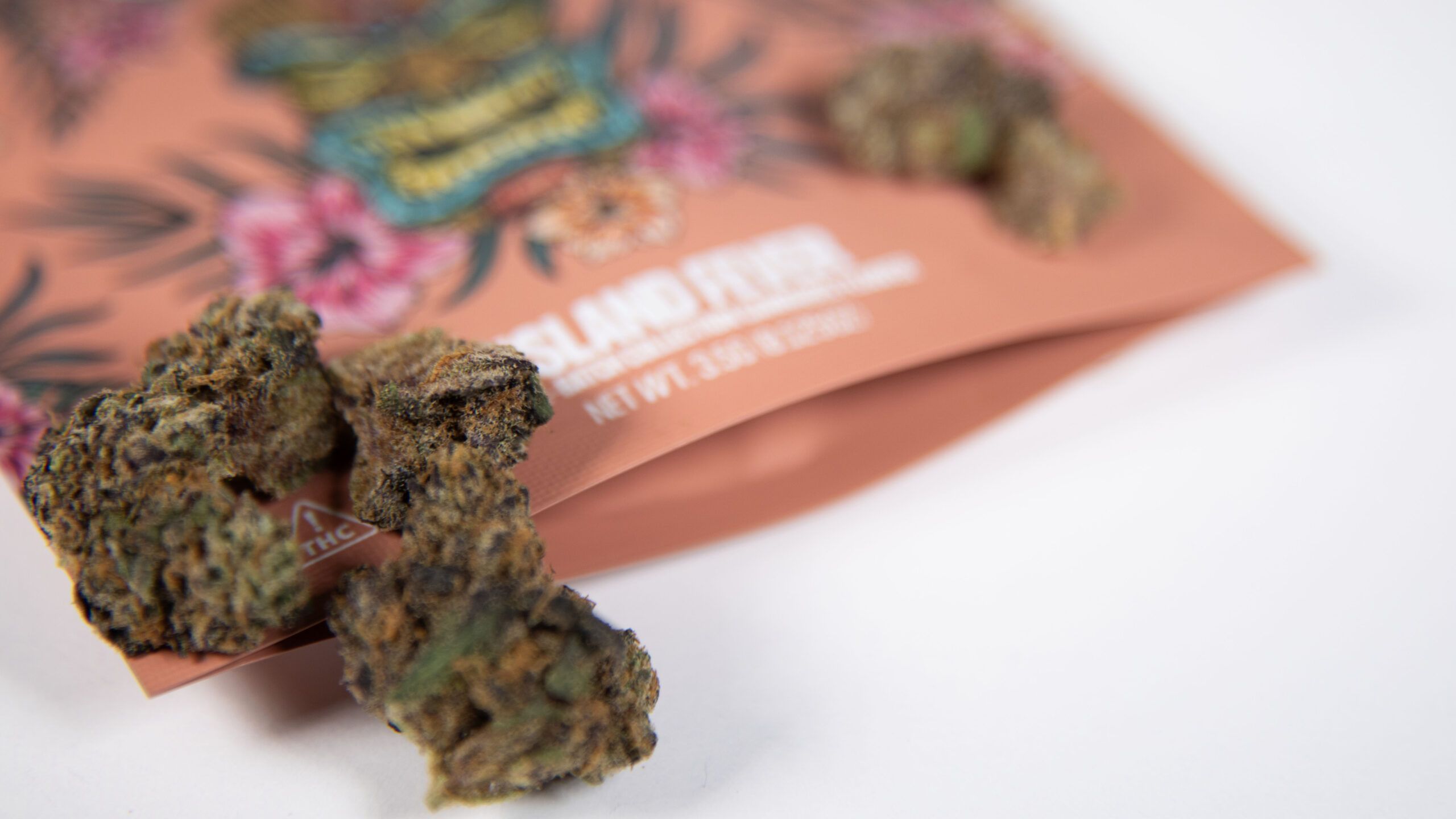In the competitive world of cannabis retail, packaging is more than a branding tool—it plays a pivotal role in preserving product integrity. As consumer demand for high-quality flower increases, so does the importance of selecting the right packaging method. Whether cannabis is stored in glass jars or mylar bags can directly influence its freshness, potency, and shelf life. Understanding how different packaging styles affect cannabis quality is essential for producers, retailers, and informed consumers alike.
The Science Behind Proper Cannabis Storage
Cannabis is a delicate plant material that requires optimal environmental conditions to maintain its chemical profile. Exposure to light, oxygen, moisture, and temperature fluctuations can rapidly degrade cannabinoids like THC and CBD, as well as aromatic terpenes that influence flavor, aroma, and therapeutic effects.
According to data from the Cannabis Packaging Association and industry-leading post-harvest specialists such as Grove Bags and Boveda, maintaining consistent humidity levels—ideally around 55-62% relative humidity—is critical. Furthermore, airtight storage helps prevent oxidation, while light-blocking materials reduce the risk of cannabinoid breakdown due to UV exposure.
Glass Jars: A Traditional Yet Effective Choice
Glass jars, often used in premium flower packaging, are favored for their durability and airtight seal. They don’t interact chemically with cannabis, making them an inert and safe storage medium. When paired with humidity packs, glass jars help maintain the optimal moisture content, preserving terpene profiles and preventing mold growth.
Pros of glass jars:
- Airtight and reusable
- Ideal for long-term storage
- Prevent crushing or compression of buds
- Enhances product presentation and perceived value
However, glass also has its drawbacks. If not tinted, it allows light exposure, which can degrade THC over time. Glass jars are heavier, breakable, and more expensive to ship—affecting supply chain costs and sustainability metrics. In large-scale production, this can impact margins significantly.
Mylar Bags: Lightweight, Scalable, and Versatile
Mylar bags, especially those with resealable closures and multi-layer films, have become a preferred option for many mid- to high-volume producers. These pouches are cost-effective, take up less space during transport, and can be customized extensively for branding.
Advantages of mylar bags include:
- Lightweight and compact
- Heat-sealable and child-resistant options available
- Excellent barrier properties against oxygen and moisture
- Cost-effective for bulk packaging
That said, not all mylar bags are created equal. Low-quality bags may not provide an adequate barrier, leading to terpene loss or humidity fluctuations. Also, cannabis stored in bags for extended periods may suffer from compression, especially if packed tightly or during transportation, which can affect bud structure and consumer experience.
Packaging’s Role in Supply Chain Efficiency
From a supply chain perspective, packaging impacts not just quality but operational efficiency. According to Headset and New Frontier Data, dispensaries that focus on pre-packaged flower appreciate the space-saving and quick inventory turnover offered by bags. Conversely, glass jars can increase storage and shipping costs but offer a more premium presentation on retail shelves.
Producers must strike a balance between protecting flower quality and streamlining logistics. Smart packaging—such as nitrogen-flushed bags or QR-coded jars with real-time terpene data—is beginning to merge these priorities.
Consumer Perception and Market Trends
Packaging also shapes consumer perception. A 2023 Brightfield Group survey found that nearly 68% of cannabis consumers associate glass jar packaging with higher quality, while only 42% felt similarly about bagged flower. However, brands using mylar have responded with upgraded aesthetics, tamper-evident seals, and terpene-fresh solutions to counter this perception gap.
Ultimately, the end goal is the same: deliver cannabis to the customer as close to fresh-from-cure as possible. Both glass jars and bags can achieve this when executed properly.
Final Thoughts
The choice between jars and bags is not just about marketing—it directly affects cannabis quality, shelf life, and consumer satisfaction. While glass jars offer premium preservation and presentation, mylar bags provide flexibility, efficiency, and scalability. For producers and dispensaries alike, investing in high-quality packaging and controlled post-harvest processes is essential to ensure flower reaches the consumer in optimal condition.






